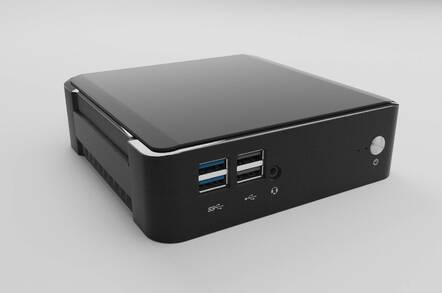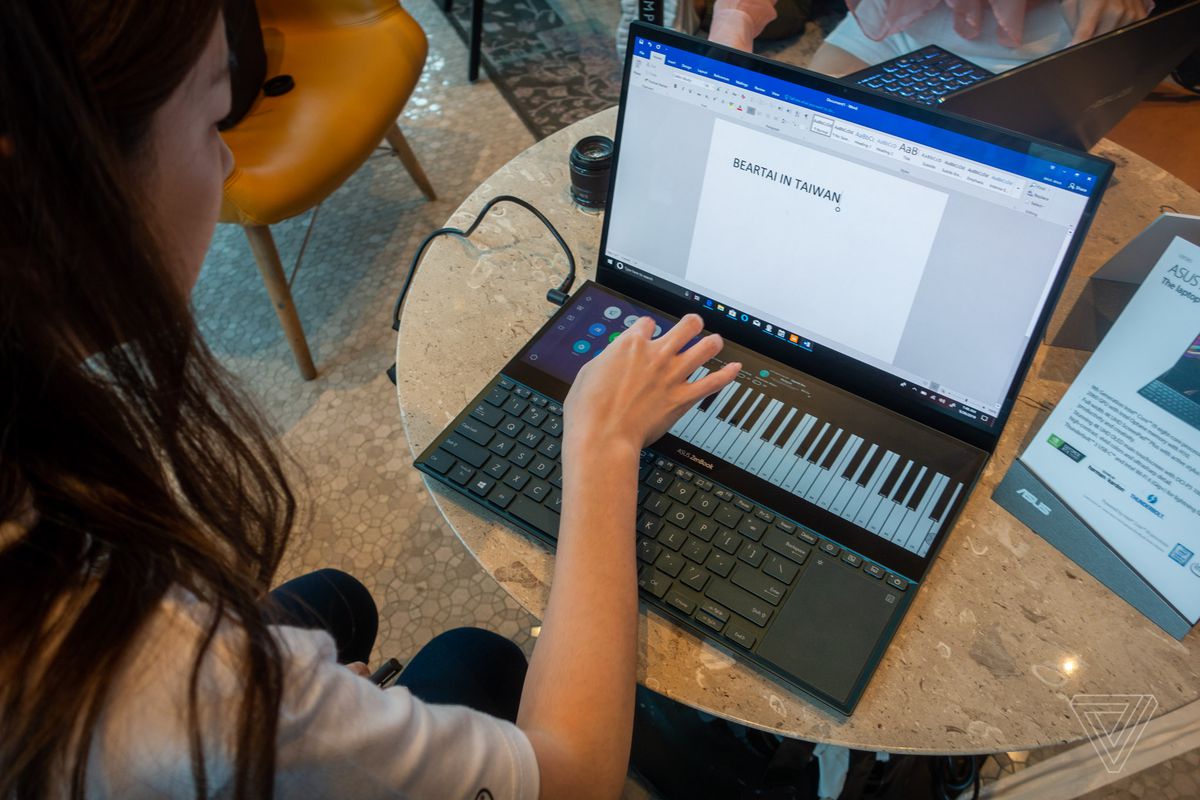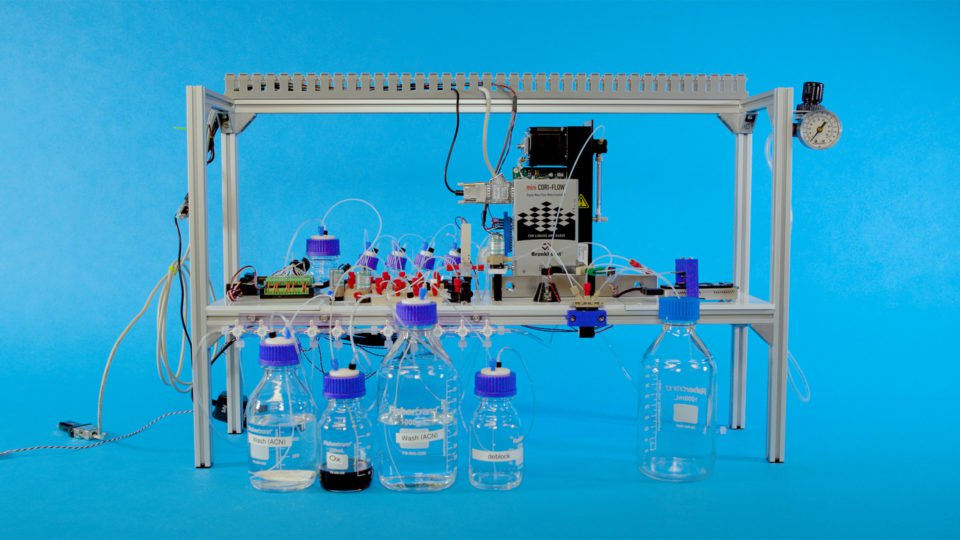despite the fact that all the drivers generally have to do is simply sit on the internet, available when they’re necessary.
Apparently, that isn’t easy enough for Intel. Recently, the chipmaker took BIOS drivers, a boot-level firmware technology used for hardware initialization in earlier generations of PCs, for a number of its unsupported motherboards off its website, citing the fact that the programs have reached an “End of Life” status. While it reflects the fact that Unified Extensible Firmware Interface (UEFI), a later generation of firmware technology used in PCs and Macs, is expected to ultimately replace BIOS entirely, it also leaves lots of users with old gadgets out in a lurch. And as Bleeping Computer has noted, it appears to be part of a broader trend to prevent downloads for unsupported hardware on the Intel website—things that have long lived past their current lives. After all, if something goes wrong, Intel can be sure it’s not liable if a 15-year-old BIOS update borks a system.
In a comment to Motherboard, Intel characterized the approach to and timing of the removals as reflecting industry norms.
[…]
However, this is a problem for folks who take collecting or use of old technology seriously, such as those on the forum Vogons, which noticed the issue first, though it’s far from anything new. Technology companies come and go all the time, and as things like mergers and redesigns happen, often the software repository gets affected when the technology goes out of date.
A Problem For Consumers & Collectors
Jason Scott, the Internet Archive’s lead software curator, says that Intel’s decision to no longer provide old drivers on its website reflects a tendency by hardware and software developers to ignore their legacies when possible—particularly in the case of consumer software, rather than in the enterprise, where companies’ willingness to pay for updates ensures that needed updates won’t simply sit on the shelf.
[…]
By the mid-90s, companies started to create FTP repositories to distribute software, which had the effect of changing the nature of updates: When the internet made distribution easier and both innovation and security risks grew more advanced, technology companies updated their apps far more often.
FTP’s Pending Fadeout
Many of those FTP servers are still around today, but the news cycle offers a separate, equally disappointing piece of information for those looking for vintage drivers: Major web browsers are planning to sunset support for the FTP protocol. Chrome plans to remove support for FTP sites by version 82, which is currently in the development cycle and will hit sometime next year. And Firefox makers Mozilla have made rumblings about doing the same thing.
The reasons for doing so, often cited for similar removals of legacy features, come down to security. FTP is a legacy service that can’t be secured in much the same way that its successor, SFTP, can.
While FTP applications like CyberDuck will likely exist for decades from now, the disconnect from the web browser will make these servers a lot harder to use. The reason goes back to the fact that the FTP protocol isn’t inherently searchable—but the best way to find information about it is with a web-based search engine … such as Google.
[…]
Earlier this year, I was attempting to get a vintage webcam working, and while I was ultimately unable to get it to work, it wasn’t due to lack of software access. See, Logitech actually kept copies of Connectix’s old webcam software on its FTP site. This is software that hasn’t seen updates in more than 20 years; that only supports Windows 3.1, Windows NT, and Windows 95; and that wasn’t on Logitech’s website.
One has to wonder how soon those links will disappear from Google searches once the two most popular desktop browsers remove easy access to those files. And there’s no guarantee that a company is going to keep a server online beyond that point.
“It was just it was this weird experience that FTP sites, especially, could have an inertia of 15 to 20 years now, where they could be running all this time, untouched,” Scott added. “And just every time that, you know, if the machine dies, it goes away.”






